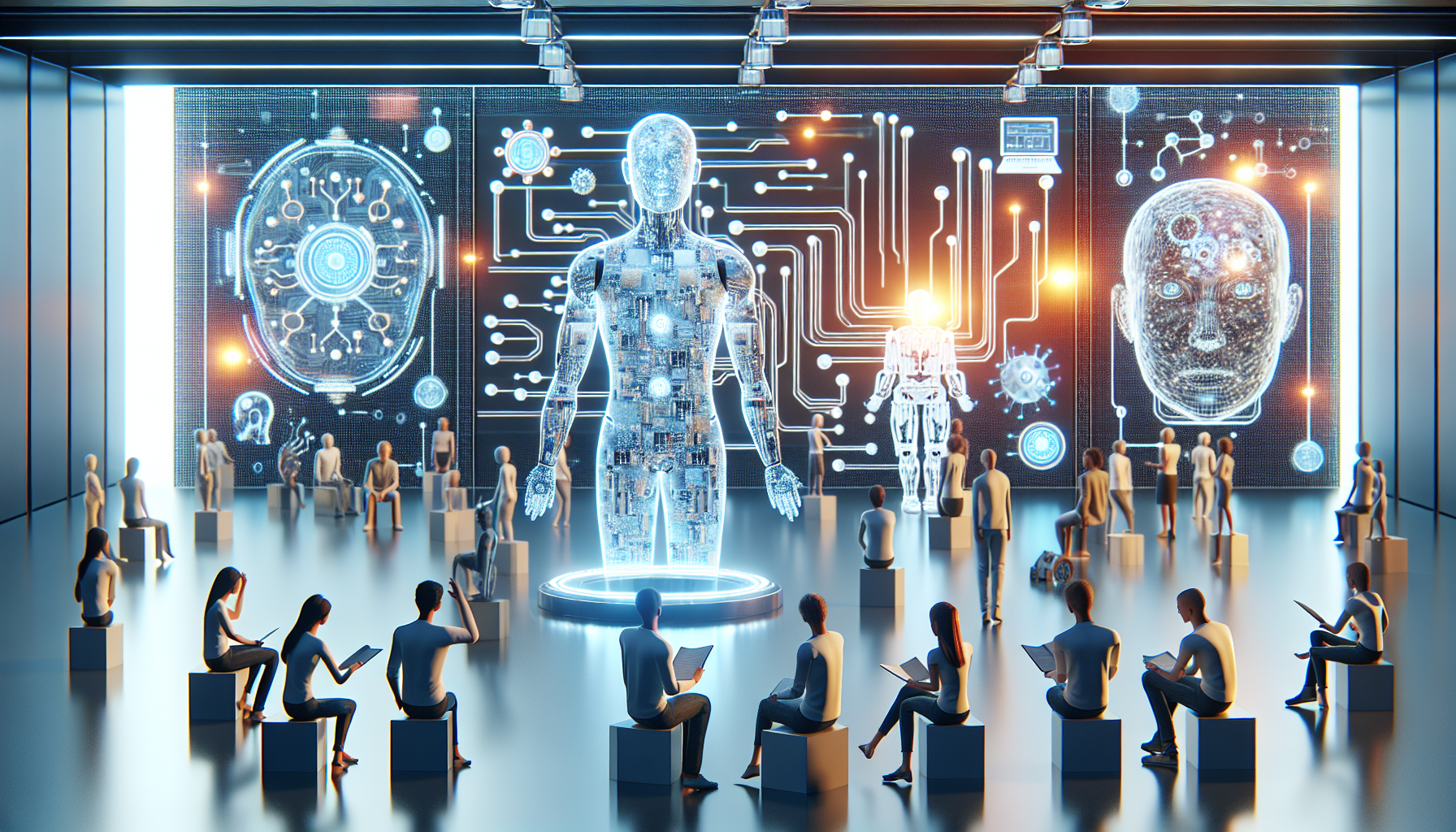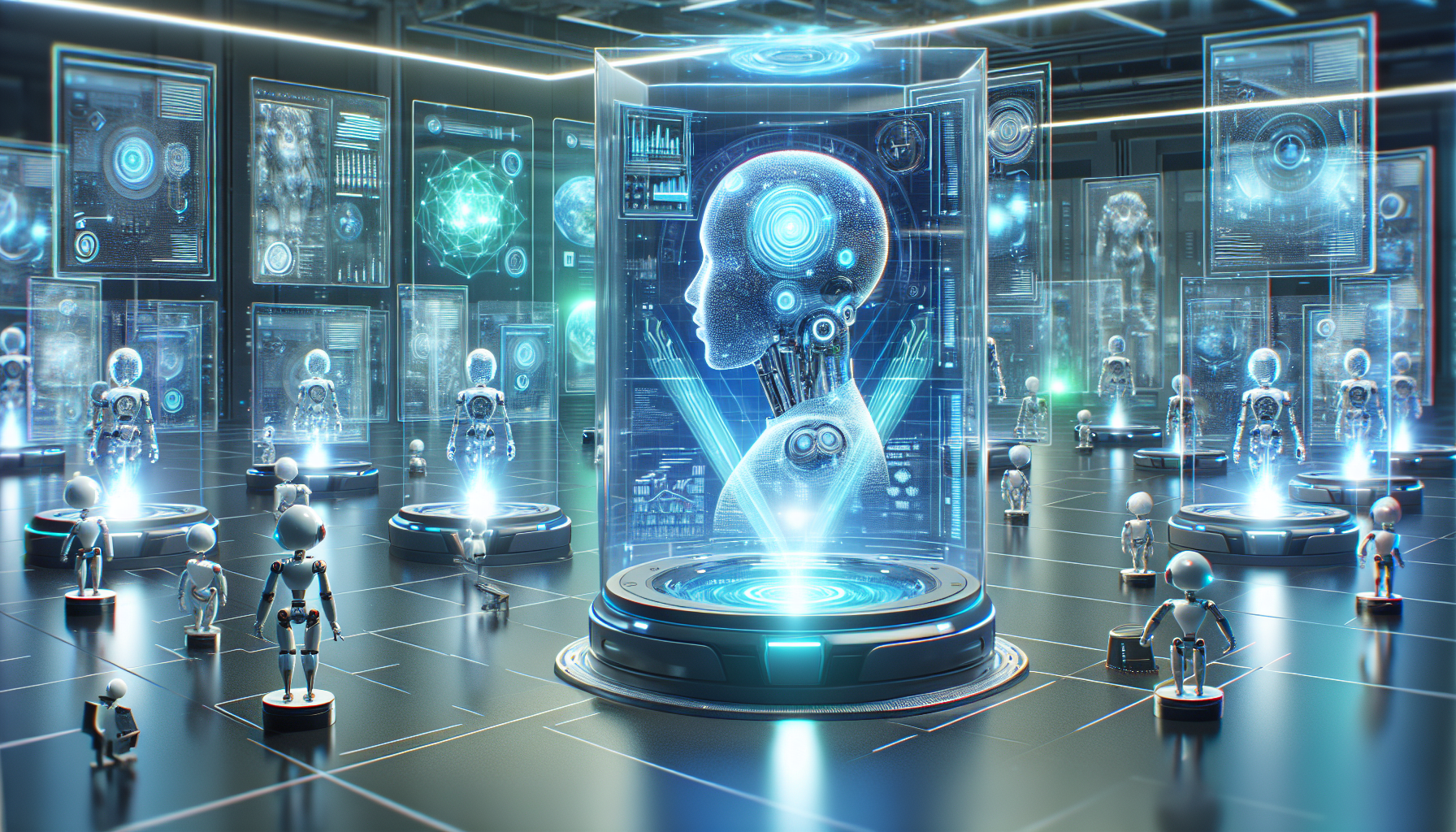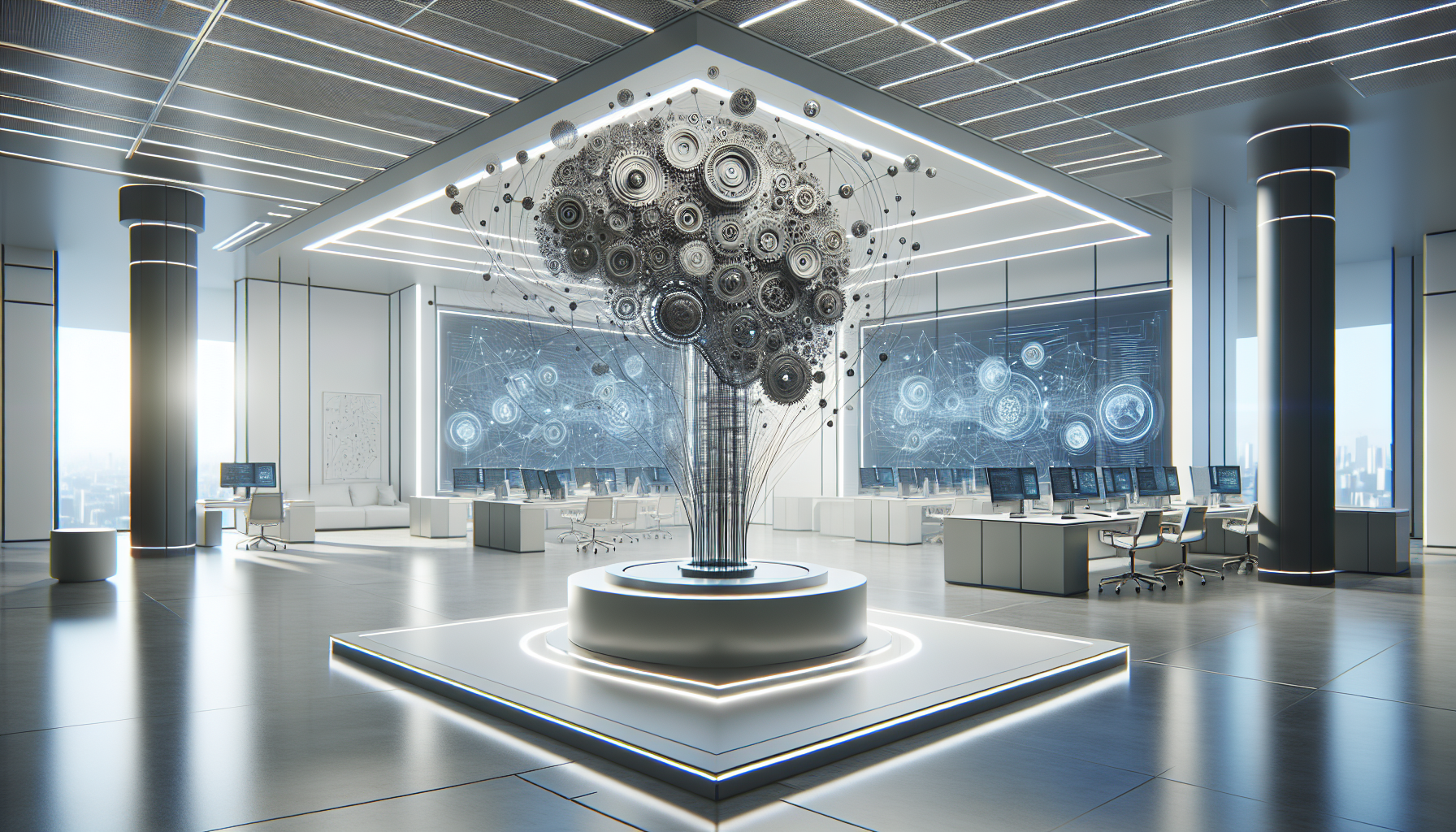
AI Meets IoT: A Comparative Look at Their Powerful Intersection
April 23, 2025
Imagine a world where your coffee machine knows when you wake up, your car predicts your preferred routes based on the time of day, and your home adjusts to your comfort levels automatically. This isn’t science fiction; it’s the burgeoning reality made possible by the marriage of Artificial Intelligence (AI) and the Internet of Things (IoT). These two technologies, both revolutionary in their own right, are now intertwining in ways that promise to reshape our lives. Let’s dive into how AI and IoT complement each other, and why this partnership is a game-changer.
At its core, IoT is all about connectivity—linking devices over the internet to collect and exchange data. Think of smart thermostats, wearable health trackers, and interconnected security systems. These devices generate a staggering amount of data, but here’s the kicker: data alone isn’t particularly useful without insights. And that’s where AI steps in. AI algorithms analyze the mountain of data collected by IoT devices, extracting actionable insights and enabling smarter decision-making.
Picture this: a smart city brimming with sensors monitoring everything from traffic patterns to pollution levels. IoT collects the data, but it’s AI that processes this information in real-time, optimizing traffic flow, reducing emissions, and ultimately improving the quality of life for city dwellers. This symbiotic relationship between AI and IoT is not just about automation; it’s about creating systems that learn and adapt, making them more efficient and responsive.
One area where this intersection is particularly exciting is in healthcare. IoT devices can monitor patient vitals continuously, sending data to healthcare providers. AI analyzes these data streams to detect anomalies, predict health issues, and even suggest preventative measures. This proactive approach could transform patient care, shifting the focus from treatment to prevention, and potentially saving countless lives.
Let’s not ignore the industrial sector, where AI and IoT are already proving to be a dynamic duo. In manufacturing, for instance, IoT devices track machinery performance, while AI analyzes this data to predict maintenance needs, reducing downtime and costs. This predictive maintenance approach is a win-win, enhancing productivity while preserving resources.
However, the integration of AI and IoT isn’t without its challenges. One major concern is security. As more devices connect to the internet, the risk of cyberattacks increases. AI can help here too, by identifying and responding to security threats faster than any human could. Yet, the sheer volume and variety of connected devices make creating a foolproof security system a daunting task.
Privacy is another hot-button issue. With IoT devices collecting sensitive personal data, ensuring this information is used ethically and stored securely is crucial. AI’s ability to anonymize and encrypt data offers some comfort, but as these technologies evolve, so too must our approaches to privacy and ethics.
Despite these challenges, the potential of AI and IoT working together is immense. Consider the agricultural sector, where IoT devices monitor soil conditions and weather patterns. AI analyzes this data to improve crop yields and manage resources better. This kind of sustainable farming could have a significant impact on food security and environmental conservation.
The automotive industry also provides a compelling case. IoT enables vehicle-to-vehicle communication, while AI processes this data to facilitate autonomous driving. This combination could reduce accidents and improve traffic efficiency, transforming how we think about transportation.
As we continue to explore the possibilities of AI and IoT, it’s clear that their intersection is a fertile ground for innovation. But as with any technological advancement, it’s essential to remain vigilant about the ethical and societal implications. How do we ensure these technologies benefit everyone, not just a select few? What steps should be taken to protect individual privacy while harnessing the power of connected devices?
These questions invite further exploration, urging us to consider not just what is possible, but what is desirable. As AI and IoT continue to evolve together, they compel us to rethink our relationship with technology and envision a future where intelligence and connectivity work hand in hand to create a better world for all.


